Advice for blind and visually impaired travelers with Tony Giles
When one or more of your senses is significantly limited, your other senses are heightened and you notice details you might not have picked out otherwise. We chatted with U.K.-based Tony Giles, author of “Seeing the World My Way” and other resources, to hear about some of his most memorable travel moments. Vacations for visually impaired and blind travelers are empowering and enriching experiences with their own unique challenges.
Tony self-identifies as totally blind, and we asked him to share some significant experiences and travel tips for the blind person in your life. Here are some of the highlights Tony has gathered from trips to seven continents and all 50 United States.
Expedia Viewfinder: What other sense is heightened more so than any others while traveling?
Tony Giles: I think it is probably my sense of spatial awareness in my surroundings, more than any other sense, that becomes more heightened when I’m traveling. Maybe this sense becomes more heightened because I am interested in my surroundings and also because I have to be alert and aware of what’s going on, who is around me, increased traffic, unknown obstacles, and sudden steps.
EV: Can you describe your most memorable experience with taste?
TG: Eating a multitude of food dishes in Japan, such as sushi, ramen, sashimi, and much more, with their plethora of textures and flavors. I could distinguish the different layers of ingredients with my tongue: sweet, sour, rough, smooth, and every texture in between. At times, it was overwhelming on my taste buds!

EV: Wow! What about unforgettable travel sounds?
TG: My most memorable experience with sound while traveling is standing on a metal bridge over Iguazu Falls, on the Argentine-Brazil border with the crescendo of pounding water crashing beneath me. The sound of tons of water dropping into the abyss, sounded like thunder to my ears!
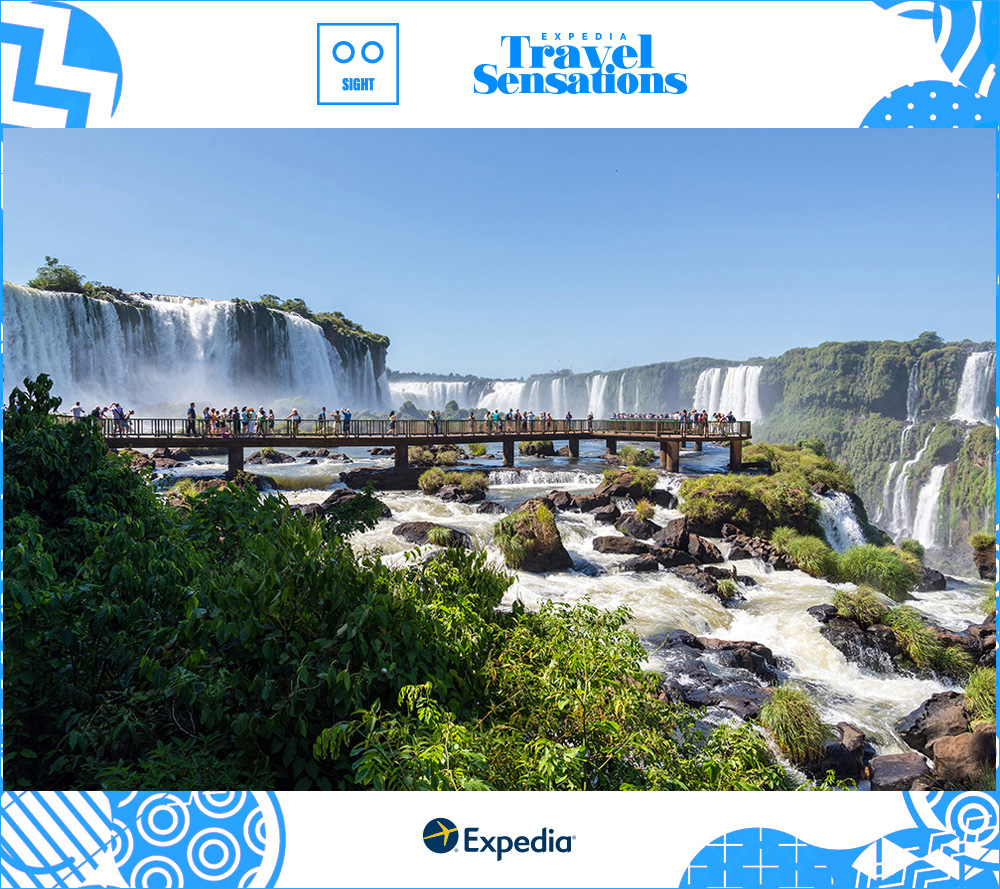
EV: Do you have a favorite travel memory with touch?
TG: My most memorable tactile experience is touching four semi-clad female figures on the Neptune Fountain in Berlin, Germany. Running my hands over the smooth stone statues with their finely carved facial, hair, and bodily designs was fascinating, insightful, and fun.
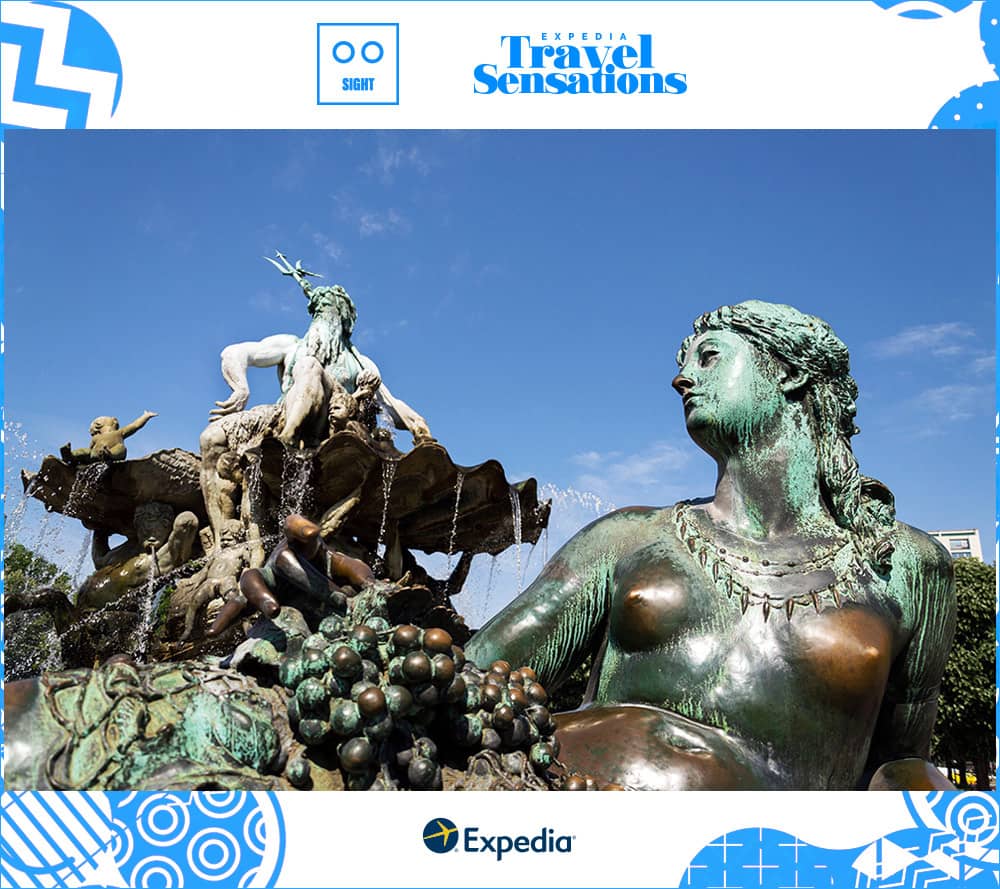
EV: Discovery through touch makes you get up close to new destinations and landmarks! What place holds your favorite experiences with smell?
TG: My best olfactory experience is of braising steak slowly cooking in gravy in my mum’s kitchen in England on a Sunday afternoon — the aroma is strong and slightly sweet. It evokes warm and wonderful memories!

EV: Are there certain destinations that are more accessible for blind travelers than others? Where, and what about them made them more accessible for visually impaired visitors?
TG: Downtown Manhattan in New York is one of the most blind-friendly destinations in my opinion. It’s largely created on a grid system and you simply count blocks as you walk, asking pedestrians what street number you are on and if you are on the east side or west side of the city. Also, when using the subway, it is relatively easy to know in which direction you’re traveling, as the station stops are announced and, again, you know if you are going uptown or downtown by the name or number of the station that is mentioned.
Likewise, the center of Melbourne, Australia, is also largely on a grid system and, similarly, it’s reasonably easy to navigate, although one does have to remember that the river divides the city.
Philadelphia is also largely built on a grid and is small enough and compact enough to easily walk around when blind.
Having cities like the three mentioned makes getting around as a blind person much easier and gives blind people more independence. This makes exploring more fun.
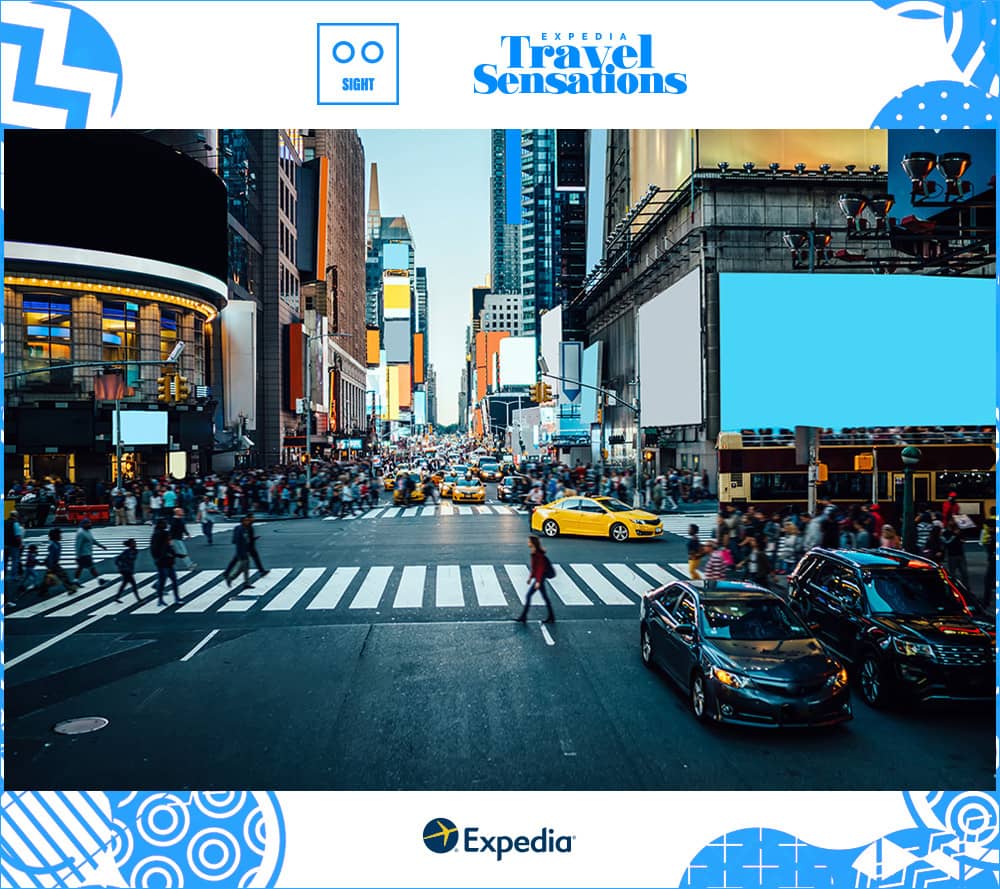
EV: What do you wish more people knew about traveling while blind?
TG: I wish people new that traveling while blind is a wonderful and enriching experience. Although I don’t see the sights, I experience a city and country through all my senses in an interesting and enjoyable way.
EV: What’s some advice you’d give a fellow traveler who is apprehensive about traveling with limited vision?
TG: Undertake extensive research via the internet about the destination you wish to visit, book your first night’s accommodation, discover if the public transport is disabled accessible, and start with a destination in the country you live in or a country with similar infrastructure to that in which you reside. And, above all, be confident and don’t be afraid to ask people for help.
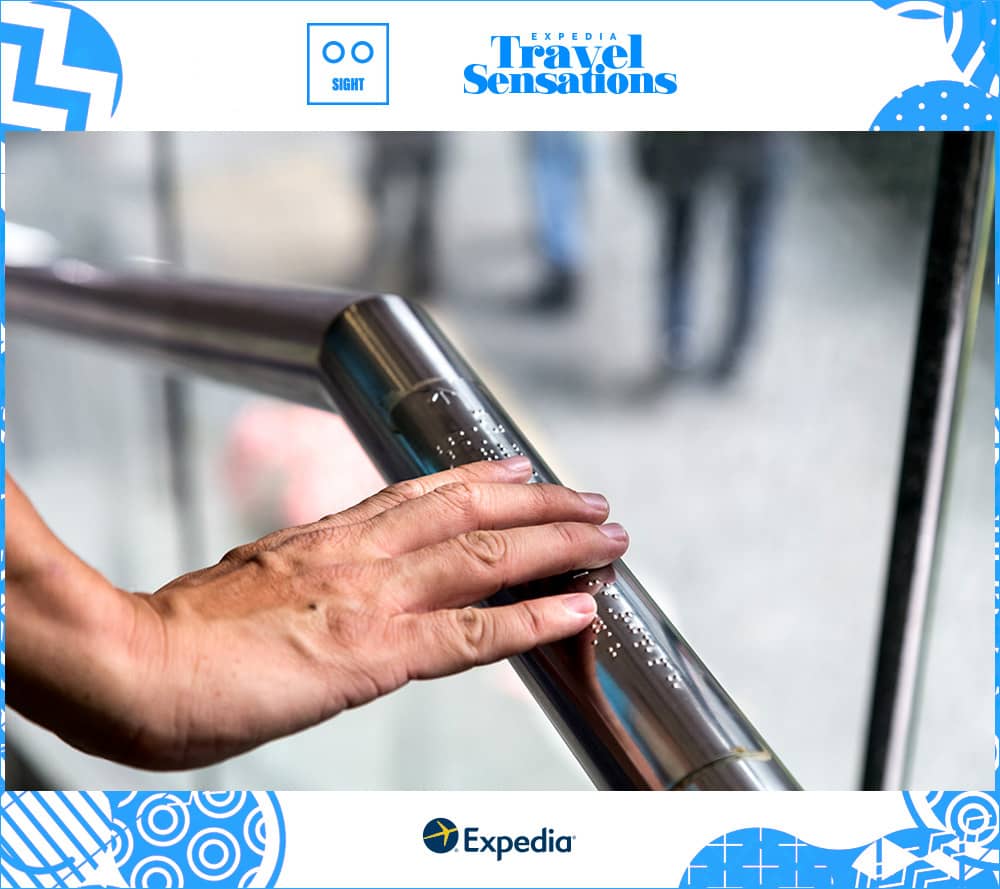
EV: Last but not least, what’s one experience that’s on your bucket list, and which destination do you want to travel to next?
TG: I’d like to try skiing on snow — that would be a cool experience! My next destination is the island of Sicily at the bottom of Italy.
Vacations for the visually impaired community take careful planning, but they’re deeply rewarding when you have the right resources to get out and explore the world. Experienced travelers like Tony Giles offer a fresh perspective that enriches travel for all of us. Here’s to accessible adventures far away and close to home!
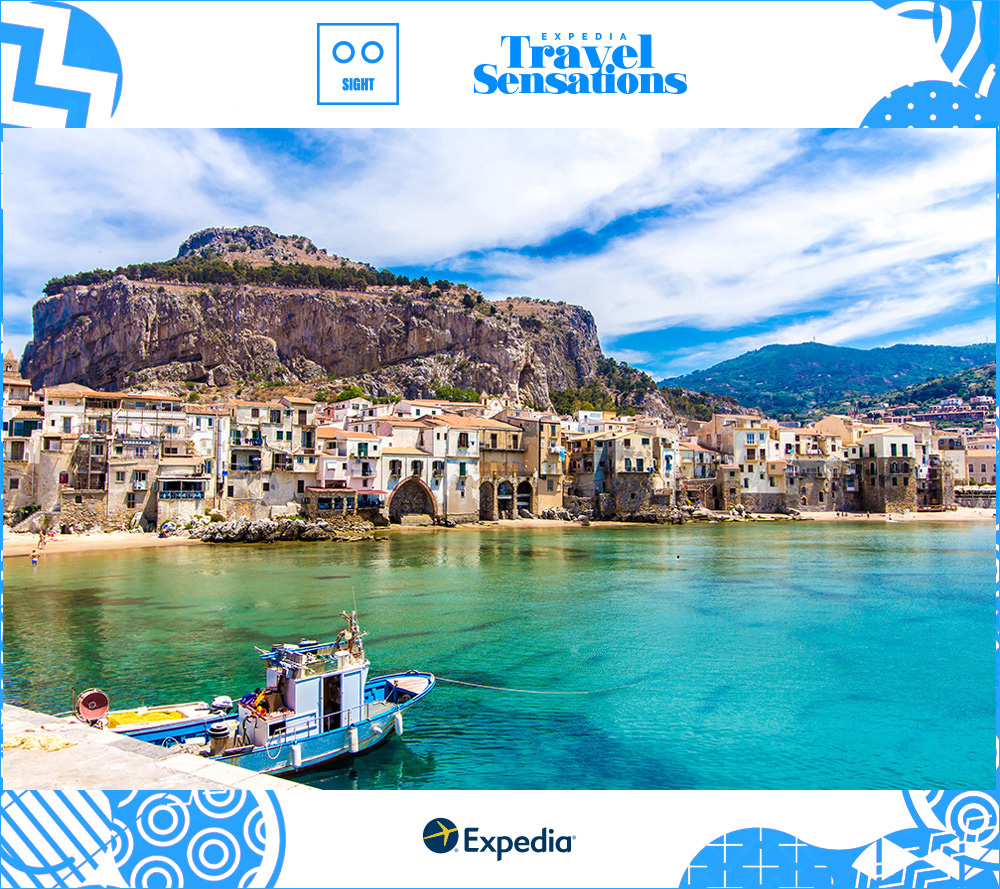
Special thanks to Tony Giles! For more Travel Sensations, read and share travel experiences with hashtag #CometoYourSenses and tag @Expedia!
Do you have any destination recommendations for travelers who don’t use vision to see the world? Let us know in the comments!
More Articles With Adventure
The global impact of coronavirus is affecting travelers everywhere. Here's how you can prepare and what to expect if you booked travel with Expedia.
The global impact of coronavirus is affecting travelers everywhere. Here's how you can prepare and what to expect if you booked travel with Expedia.
The global impact of coronavirus is affecting travelers everywhere. Here's how you can prepare and what to expect if you booked travel with Expedia.
We've rounded up some of the best forest bathing spots around the globe where can combine your newfound houseplant obsession with breaking free from your home's four walls.